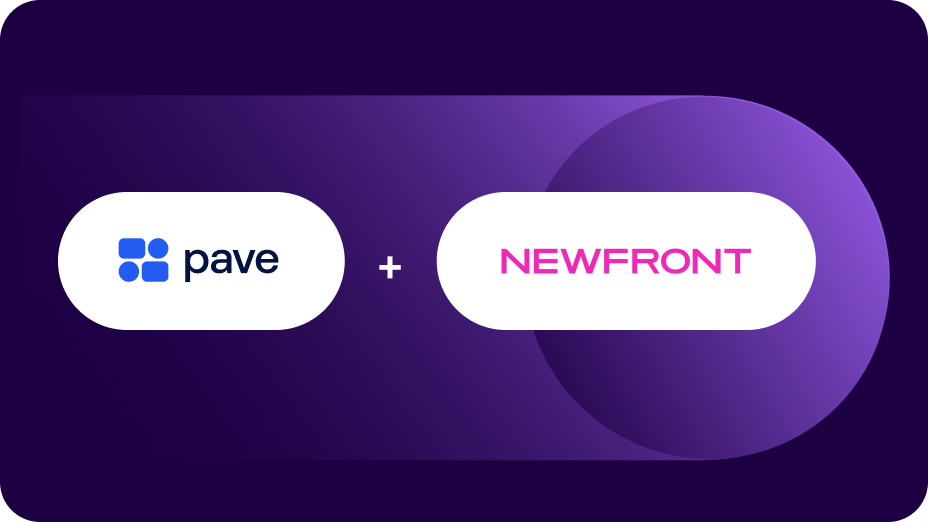It’s official – employers in the state of California will need to provide more compensation transparency for job seekers by disclosing pay ranges on job ads.
With this newest legislation – signed into law by Governor Gavin Newsom on Tuesday – California joins New York City, Colorado and Washington as the latest jurisdiction to broaden its existing pay transparency laws.
Here’s what we know so far about the new California law:
1. Employers with 15 or more employees will be required to include pay ranges on job postings. There are roughly 200,000 employers in CA who will now be subject to this requirement under the law.
2. All employers – regardless of size – will be required, if requested by a current employee, to provide them with a pay range for their current role. This is an expansion upon previous laws which required that employers share this information with candidates, if requested. Now the same holds true for current employees as well.
3. Employers with 100 or more employees will have to report additional compensation information, such as the median and mean pay for their employees by race, ethnicity and sex.
The requirements are intended to help combat pay inequality by providing both job seekers and current employees – especially women and minorities – with information they need to ensure that they are earning an equitable wage when compared to their colleagues.
It’s been widely published that women make ~83 cents on the dollar compared to their male counterparts. In a previous post, Pave Data Labs took a look at our data and determined that the pay gap is even wider on the equity front: 64 cents on the dollar. The new legislation does not seem to address equity compensation –- at least for the time being.
Will this new legislation help close the gap? From a candidate lens, it’s certainly a positive step in the right direction. However, it still leaves many important questions unanswered.
- How does this band (let alone job description) relate to the level I’m interviewing for?
- What is the company’s compensation philosophy?
- How was this band determined and how will I move through it as an employee?
- What about equity compensation (which for startups is an especially important part of the equation)? And benefits?
The law alone likely won’t be enough to close the pay gap. There needs to be a true commitment from employers and their leaders to not only pay people fairly but to educate their workforce on the complexities of compensation.
But it’s a good first step.
We are excited to see how this plays out and will continue playing our role – alongside our customers – in advancing our vision to make compensation fair.
Pave is a world-class team committed to unlocking a labor market built on trust. Our mission is to build confidence in every compensation decision.





.jpg)
.jpg)

